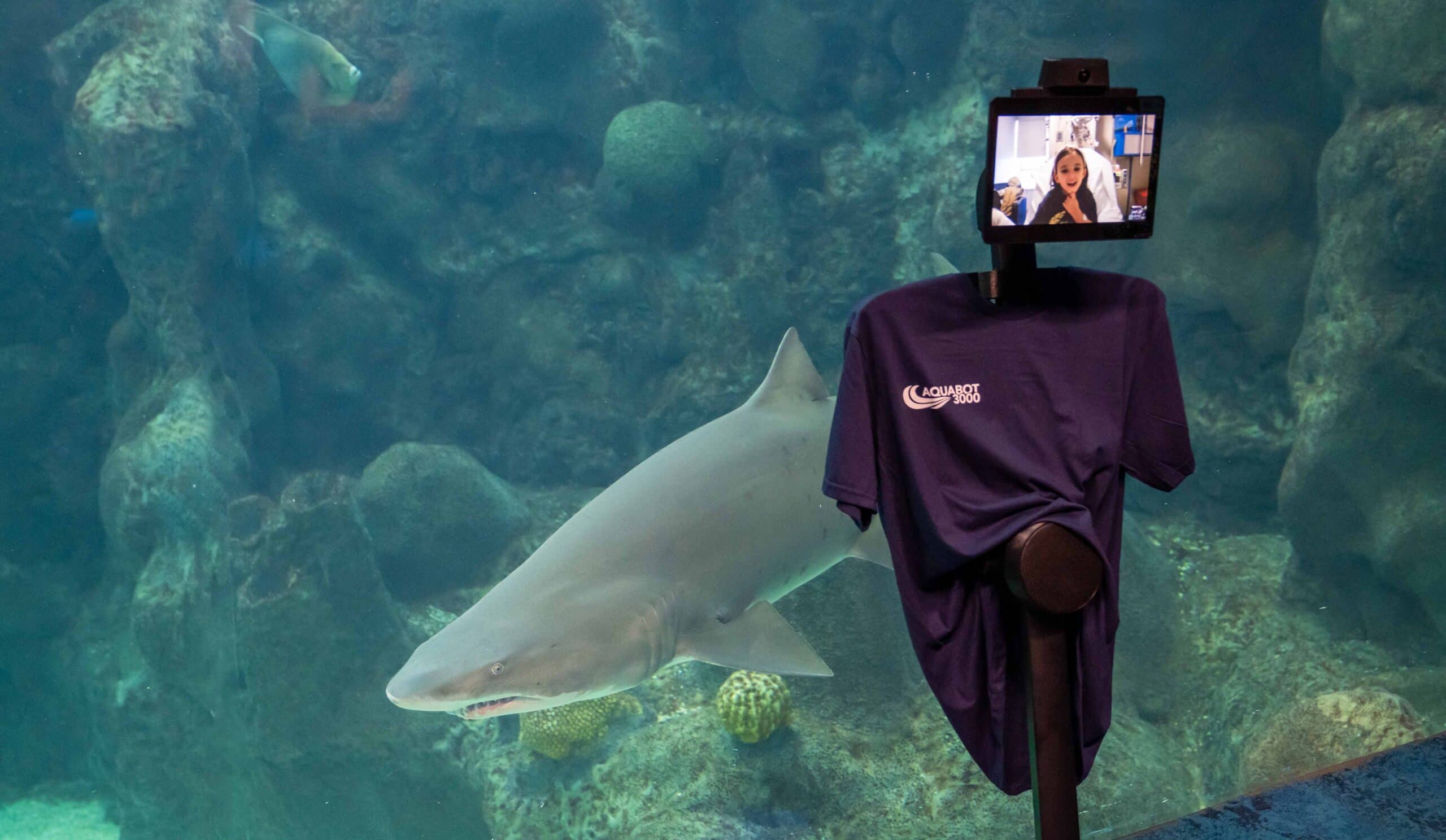Know
With Aquabot 3000, young hospital patients visit The Florida Aquarium

Pediatric patients at the Muma Children’s Hospital, part of Tampa General Hospital, now have the opportunity to tour The Florida Aquarium – without leaving their rooms.
Accompanied by an Aquarium staffer, a robot equipped with video cameras travels between one of four tanks and habitats. The robot is controlled by the patient – the child decides where it’s going – while the 30-minute tour is narrated live, on the spot.
To simulate a physical tour through the Aquarium, the patient can move the robot’s cameras up and down, zooming in or out as desired.
Long-term pediatric patients may be unable to leave the hospital for extended periods of time; this innovative program was designed to help them stay connected with the outside world.
The robot’s official name, Aquabot 3000, was the result of a coloring contest and questionnaire distributed to the hospital’s young patients.
“This program is an exceptional example of how an unconventional partnership can elevate the standard of care patients can expect to receive from an academic health system,” said TGH president and CEO John Couris, who is also president of the Board of The Florida Aquarium, in a prepared statement.
The machine was created by Silicon Valley-based OhmniLabs, which specializes in “human-centric robot.”
Once Aquabot 30000 arrived at The Florida Aquarium, actual pediatric acute care and rehabilitation patients previewed the program with staff members from both institutions
“Part of our job here in the hospital is to make the environment more normal,” said Paige Rechsteiner, TGH Child Life Specialist. “And to provide that distraction and diversion for kids while they’re here.
“And so this helps us bring play into the hospital. It helps us bring a normal activity that a kid would get to do outside the hospital, into our hospital beds.”
According to hospital administrators, the immersive program is one of only a handful of its kind in the nation.
A second robot experience is in the planning stages.

.







